

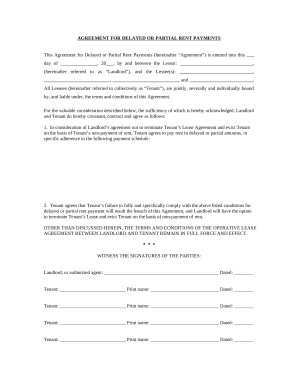
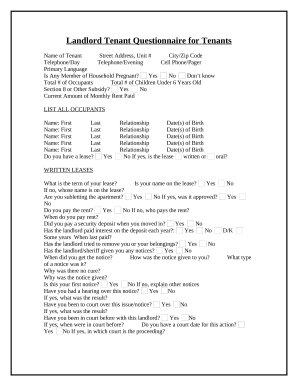


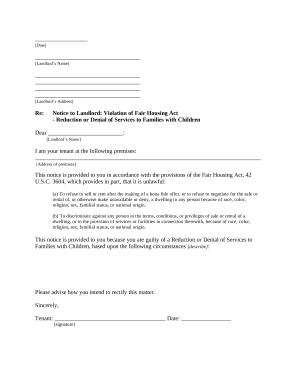
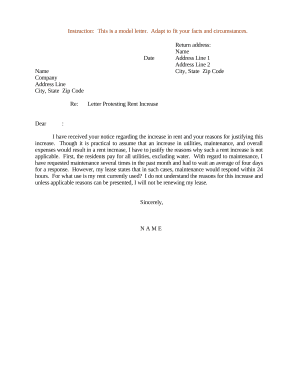

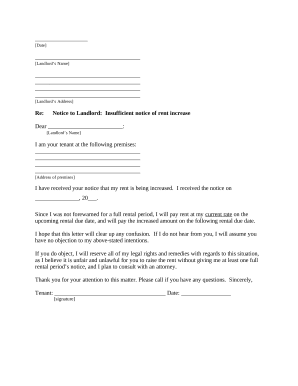
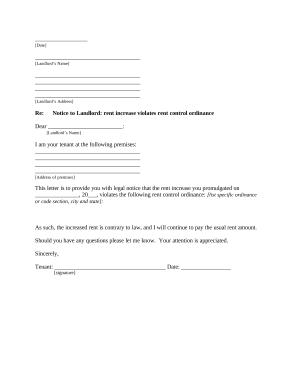
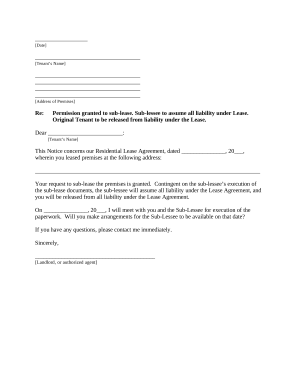
Your workflows always benefit when you can get all the forms and documents you will need on hand. DocHub supplies a a huge collection of templates to alleviate your day-to-day pains. Get a hold of Rent Control Legal Forms category and quickly find your document.
Begin working with Rent Control Legal Forms in several clicks:
Enjoy effortless form administration with DocHub. Discover our Rent Control Legal Forms category and discover your form today!